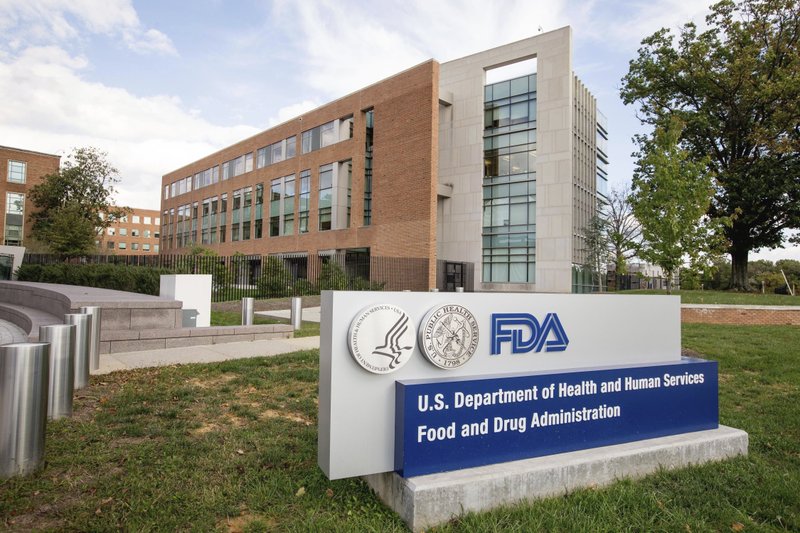The Food and Drug Administration has given emergency approval to a new approach to coronavirus testing that combines test samples in batches instead of running them one by one, speeding up the process.
The FDA said Saturday that it reissued an emergency use authorization to Quest Diagnostics to use its COVID-19 test with pooled samples. It is the first test to be authorized to be used in this way.
With pooling, instead of running each person’s test individually, laboratories would combine parts of samples from several people and test them together. A negative result would clear everyone in the batch. A positive result would require each sample to be individually retested. Pooling works best with lab-run tests, which take hours — not the much quicker individual tests used in clinics or doctor’s offices.
The potential benefits of sample pooling include stretching laboratory supplies further, reducing costs and expanding testing to millions more Americans who may unknowingly be spreading the virus. Health officials think infected people who aren’t showing symptoms are largely responsible for the rising number of cases in more than half the country. The approach might enable mass testing at schools or businesses, though it’s unclear when that could happen.
“It’s a really good tool. It can be used in any of a number of circumstances, including at the community level or even in schools,” Dr. Anthony Fauci, the nation’s top infectious-disease expert, told a Senate hearing last month.
Pooling is not always be the best option. It won’t save time or resources when used in a COVID-19 hot spot such as a nursing home outbreak. That’s because the logistical and financial benefits of pooling only add up when a small number of pools test positive.
Experts generally recommend the technique when fewer than 10% of people are expected to test positive. For example, pooling would not be cost-effective in Arizona, where a surge has pushed positive test results to well over 10%. But the approach could make sense in areas with a lower rate of positive results.
(AP)











